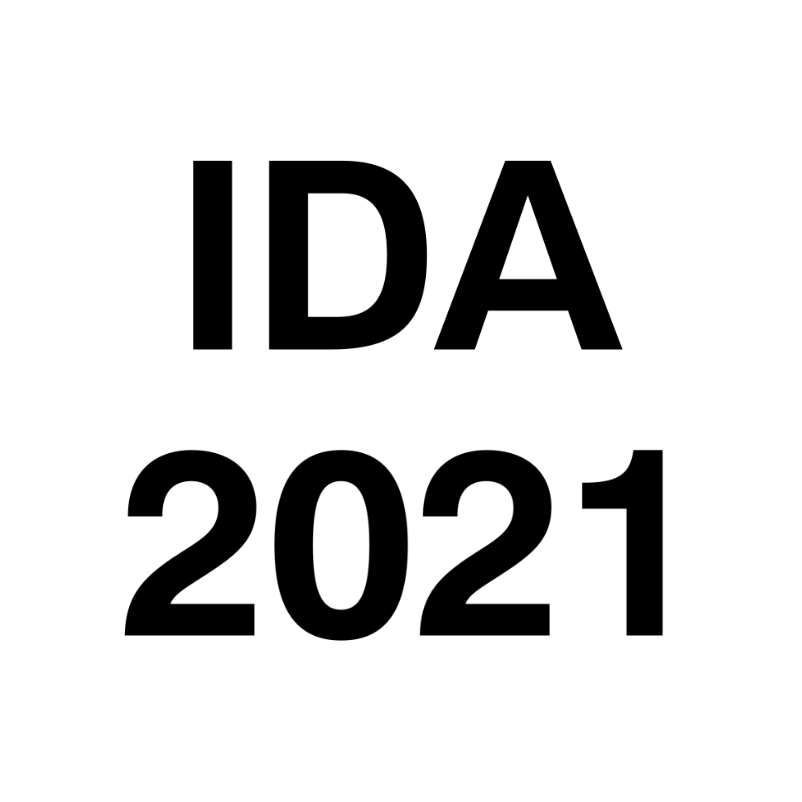
Detecting the “Fake News” Before It Was Even Written, Media Literacy, and Flattening the Curve of the COVID-19 Infodemic
Given the recent proliferation of disinformation online, there has been growing research interest in automatically debunking rumors, false claims, and “fake news”. A number of fact-checking initiatives have been launched so far, both manual and automatic, but the whole enterprise remains in a state of crisis: by the time a claim is finally fact-checked, it could have reached millions of users, and the harm caused could hardly be undone.
An arguably more promising direction is to focus on analyzing entire news outlets, which can be done in advance; then, we could fact-check the news before it was even written: by checking how trustworthy the outlet that has published it is (which is what journalists actually do). We will show how we do this in the Tanbih news aggregator (http://www.tanbih.org/), which aims to limit the impact of “fake news”, propaganda and media bias by making users aware of what they are reading, thus promoting media literacy and critical thinking, which are arguably the best way to address disinformation in the long run. In particular, we develop media profiles that show the general factuality of reporting, the degree of propagandistic content, hyper-partisanship, leading political ideology, general frame of reporting, stance with respect to various claims and topics, as well as audience reach and audience bias in social media.
Another important observation is that the term “fake news” misleads people to focus exclusively on factuality, and to ignore the other half of the problem: the potential malicious intent. Thus, we detect the use of specific propaganda techniques in text, e.g., appeal to emotions, fear, prejudices, logical fallacies, etc. We will show how we do this in the Prta system (https://www.tanbih.org/prta), another media literacy tool, which got the Best Demo Award (Honorable Mention) at ACL-2020.
Finally, at the time of COVID-19, the problem of disinformation online got elevated to a whole new level as the first global infodemic. While fighting this infodemic is typically thought of in terms of factuality, the problem is much broader as malicious content includes not only “fake news”, rumors, and conspiracy theories, but also promotion of fake cures, panic, racism, xenophobia, and mistrust in the authorities, among others. Thus, we argue for the need of a holistic approach combining the perspectives of journalists, fact-checkers, policymakers, social media platforms, and society as a whole, and we present our initial steps in that direction.

